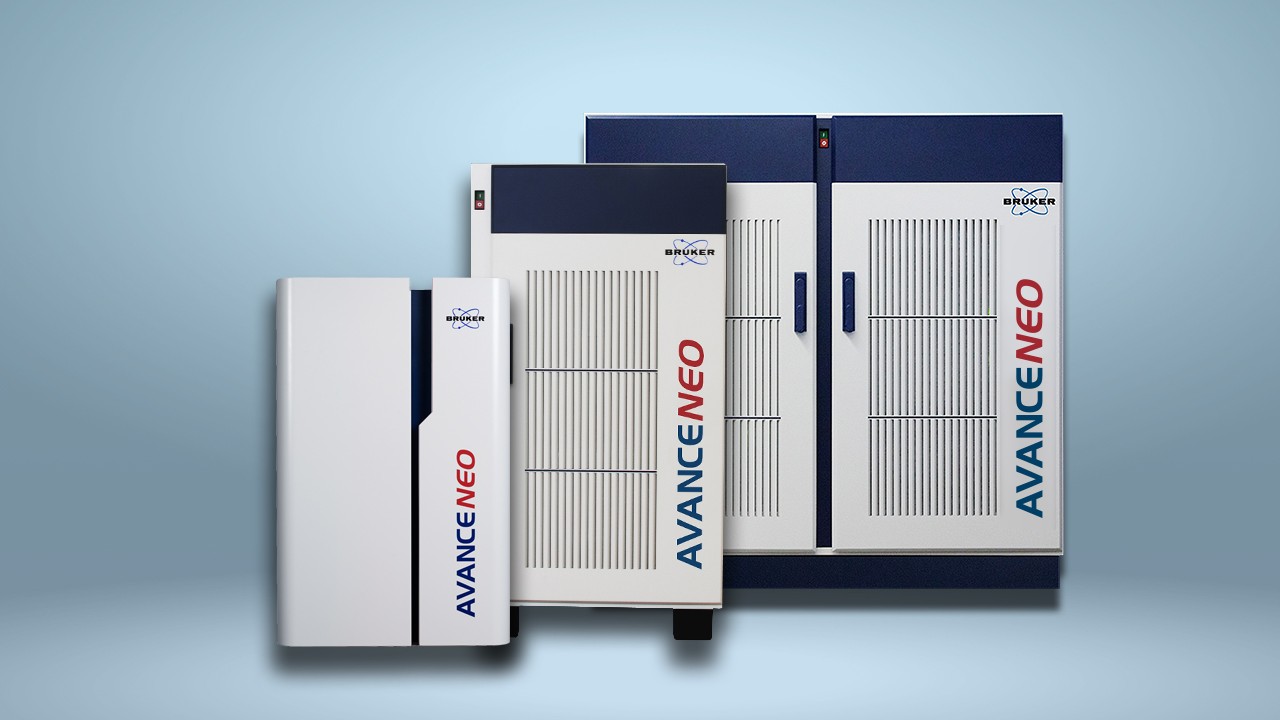

Novel Methodology for Labelling Pancreatic Islets Prior to Transplantation
“Microporation may thus be considered a suitable labelling procedure when fast cell labelling is desired.”
Organ transplantation has proved an effective way to cure a variety of life-limiting diseases, such as renal failure and heart disease. The number of patients requiring organ transplants, however, continues to exceed the availability of donated organs1.
Improved biotechnologies have made it possible to extract purified cells from donated tissue. This made it feasible to correct some disorders by transplantation of the required cells, rather than a whole organ. It may thus be possible to treat more patients with the available donated organs.
Transplantation of haematopoietic stem cells has been successfully used to restore blood cells lost to disease, eg, leukaemia, or destroyed during chemotherapy 1. The transplantation of insulin-producing cells from the pancreatic islets is emerging as a potential treatment for certain subgroups of patients with type 1 (insulin-dependent) diabetes.
In type 1 diabetes, autoimmune attack renders the cells of the pancreas unable to produce insulin. Patients thus lose the ability to automatically regulate blood levels of glucose so they remain within the healthy range. Since the excessively high blood sugar levels that arise in the absence of insulin are life-threatening, patients with type 1 diabetes are required to receive regular insulin injections.
Since insulin is no longer produced in response to levels of glucose in the blood, the amounts are not fine-tuned according to the exact amount of carbohydrate ingested.
Although patients have a good idea how much carbohydrate can be eaten relative to the amount of insulin injected, the balance is sometimes upset by more carbohydrate being used than expected, eg, through anxiety or exercise.
When this happens, glucose levels can become too low (hypoglycaemia). If additional glucose is not consumed this can lead to diabetic coma, which can be fatal. Patients usually experience symptoms, such as headache, tiredness, confusion, that warn them that their blood sugar levels are too low. However, some patients with type 1 diabetes have hypoglycaemia unawareness and do not recognize these warning signs.
Pancreatic islet transplantation is an experimental treatment being used to help these individuals2. The patient typically receives an infusion of 400,000 to 500,000 purified islets extracted from a donated pancreas.
Once transplanted, the cells will then produce and release insulin into the bloodstream of the recipient. The treatment has been shown to control blood sugar levels in patients with type 1 diabetes, and prevent hypoglycaemia unawareness2.
There is, however, the risk that the transplanted islets may be damaged by the recipient’s cellular immune response, which caused diabetes in the first place. It is therefore important that the pancreatic islet transplant is monitored.
For this reason, pancreatic islets are labelled prior to transplantation so they can be imaged once in situ3.Transplanted stem cells labelled with 19fluorine (19F) have been effectively quantified by MRI4. Unfortunately, the unusual structure of pancreatic islets makes labelling them more challenging3.
Many labelling methodologies have been investigated to achieve improved labelling outcomes for pancreatic islets. Researchers have recently labelled pancreatic islet cells using a novel modified microporation technique with bimodal positively charged poly(lactic-coglycolic acid) nanoparticles with encapsulated perfluoro crown ethers and indocyanine green dye5.
The labelling procedure was assessed using nuclear magnetic resonance imaging with a Bruker Avance III 400 MHz spectrometer and compared with the passive endocytosis. Imaging of the transplanted pancreatic islets was performed using a 4.7 T Bruker BioSpin imager.
This new labelling methodology achieved fast, safe and effective labelling of pancreatic islet cells5. However, the efficiency achieved was lower than that with endocytosis. Modified microporation offers an alternative labelling procedure suitable for use when it is necessary to obtain results quickly.
References
- Watt FM, Driskell RR. The therapeutic potential of stem cells. Philos Trans R Soc Lond Ser B Biol Sci. 2010;365:155–63.
- Ichii H, Ricordi C. Current status of islet cell transplantation. J Hepato-Biliary-Pancreat Surg. 2009;16:101–12.
- Shapiro AMJ. Islet Transplantation in Type 1 Diabetes: Ongoing Challenges, Refined Procedures, and Long-Term Outcome. Rev Diabet Stud. 2012;9(4): 385–406.
- Gaudet JM, et al. Tracking the fate of stem cell implants with fluorine-19 MRI. PLoS One. 2015;10:e0118544.


